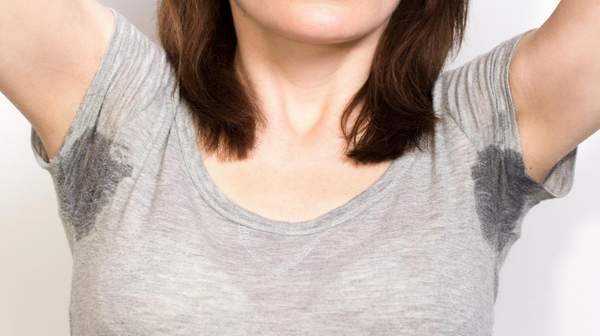What are ingrown toenails?
An ingrown toenail is caused by the pressure from the ingrowth of the nail edge into the skin of the toe. Once the edge of the nail breaks through the skin, it produces inflammation. Initially presenting as a minor discomfort, it may progress into an infection in the adjacent skin (cellulitis) and/or become a reoccurring problem. Ingrown toenails most commonly affect the large (great) toes. An ingrown toenail is medically referred to as onychocryptosis.
If an ingrown nail causes a break in the skin, bacteria may enter and cause an infection in the area, which is often marked by drainage and a foul odor. However, even if the toe isn’t painful, red, swollen, or warm, a nail that curves downward into the skin can progress to an infection.
Read & Learn about Fungal Nail Infection
Symptoms of ingrown toenails
Ingrown toenail symptoms include:
- Pain and tenderness in your toe along one or both sides of the nail
- Redness around your toenail
- Swelling of your toe around the nail
- Infection of the tissue around your toenail
What causes ingrown toenails?
Causes of ingrown toenails include:
- Heredity. In many people, the tendency for ingrown toenails is inherited.
- Trauma. Sometimes an ingrown toenail is the result of trauma, such as stubbing your toe, having an object fall on your toe, or engaging in activities that involve repeated pressure on the toes, such as kicking or running.
- Improper trimming. The most common cause of ingrown toenails is cutting your nails too short. This encourages the skin next to the nail to fold over the nail.
- Improperly sized footwear. Ingrown toenails can result from wearing socks and shoes that are tight or short.
- Nail Conditions. Ingrown toenails can be caused by nail problems, such as fungal infections or losing a nail due to trauma.
Home Treatment of Ingrown Toenails
- Don’t cut a notch in the nail. Contrary to what some people believe, this does not reduce the tendency for the nail to curve downward.
- Don’t repeatedly trim nail borders. Repeated trimming does not change the way the nail grows, and can make the condition worse.
- Don’t place cotton under the nail. Not only does this not relieve the pain, it provides a place for harmful bacteria to grow, resulting in infection.
- Over-the-counter medications are ineffective. Topical medications may mask the pain, but they don’t correct the underlying problem.





















